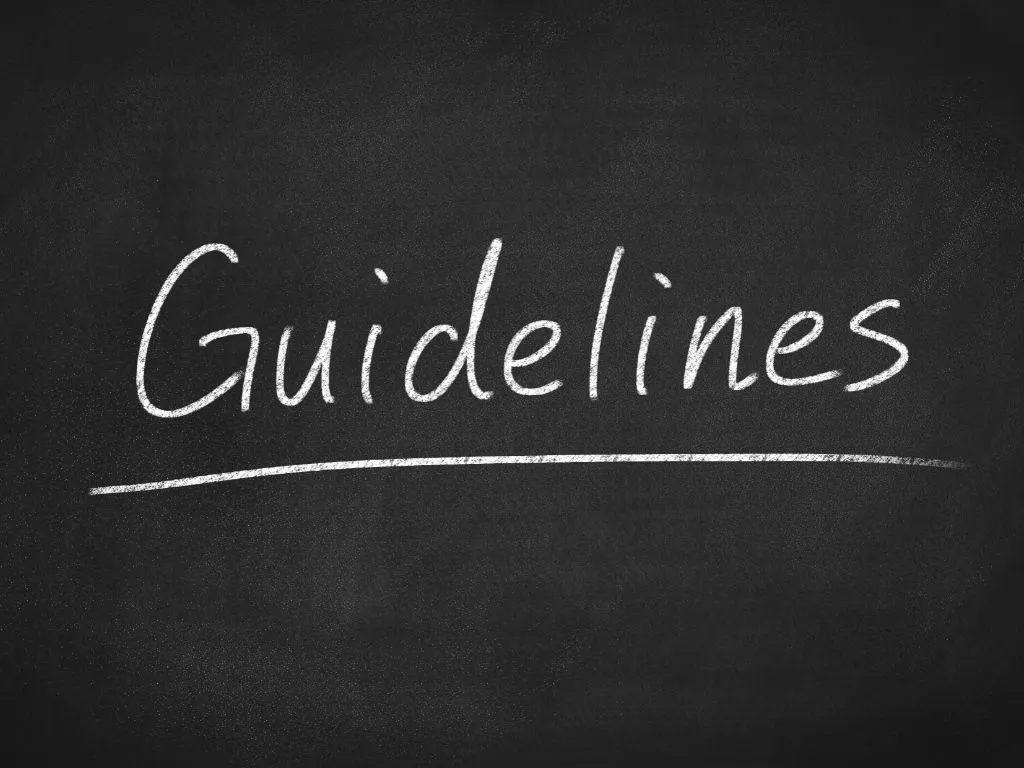News Details

Canada Introduces New Federal Environmental Quality Guidelines for Benzene Toluene Ethylbenzene and Xylene: Protecting Aquatic Life
On July 12,2024, Environment and Climate Change Canada introduced new Federal Environmental Quality Guidelines (FEQGs) for benzene, toluene, ethylbenzene and xylene (BTEX). These guidelines provide updated standards for both short-term and long-term exposure levels in freshwater and marine environments, filling a significant gap left by previous interim measures. This initiative reflects the latest scientific knowledge and aims to improve the protection for aquatic life.
Federal Environmental Quality Guidelines
Federal Environmental Quality Guidelines (FEQGs) establish acceptable quality standards for the environment, focusing on the toxicological effects of specific substances. These guidelines have three main functions: to help prevent pollution by setting environmental quality objectives; to assess the significance of chemical concentrations in the environment (in water, sediment, soil, and biological tissues); and to measure the effectiveness of risk management measures. While the use of FEQGs is voluntary unless mandated by permits or regulations, they are critical to maintaining environmental standards. Developed under the Canadian Environmental Protection Act, 1999 (CEPA), FEQGs support the risk assessment and management of priority chemicals identified in the Chemicals Management Plan (CMP) or other federal initiatives.
FEQG Development and Implementation
FEQGs are formulated according to the protocols of the Canadian Council of Ministers of the Environment (CCME), where data permit. They are developed to meet federal needs, especially when existing CCME guidelines are outdated or not expected to be updated soon. Detailed information can be found on the Federal Environmental Quality Guidelines (FEQG) page.
Federal Water Quality Guidelines for BTEX
The table below presents the Federal Water Quality Guidelines (FWQGs) for the protection of aquatic life from benzene, toluene, ethylbenzene and xylene (BTEX) in both freshwater and marine environments. Notably, there were no pre-existing FWQGs for BTEX, although interim CCME guidelines existed for benzene, toluene and ethylbenzene, developed under a now obsolete protocol.
|
Aquatic Life |
Short-term Benchmark (mg/l) |
Long-term Guideline (mg/l) |
|
Benzene |
6.0 |
0.59 |
|
Toluene |
3.0 |
0.03 |
|
Ethylbenzene |
1.0 |
0.07 |
|
Xylene |
1.0 |
0.07 |
Substance Identity and Characteristics
BTEX, a group of monoaromatic hydrocarbons, includes benzene (C6H6), toluene (C7H8), ethylbenzene (C8H10) and xylene (C8H10). Xylene with its three isomers (o-xylene, m-xylene, p-xylene) is included in the toxicity dataset as a composite. BTEX compounds are flammable, colourless liquids found in crude oil and petroleum products. They are volatile organic compounds (VOCs) that evaporate readily due to their high vapour pressure. Benzene is listed separately as toxic under CEPA, while toluene, ethylbenzene, and xylene are included in the general listing of VOCs.
Sources and Uses
In Canada, there are both natural and anthropogenic sources of BTEX. Natural sources include coal, volcanic emissions and forest fires. Anthropogenic sources include emissions from petrochemical and coal power plants, contaminated sites, landfills and industrial activities. BTEX is widely used in oil and natural gas operations and is found in crude oil, oil sands and various gasoline products. Benzene is a precursor in the production of chemicals like ethylbenzene, cumene and cyclohexane and is used in the manufacture of detergents, drugs, and pesticides. Toluene is used in chemical synthesis and as a solvent in products such as adhesives and paint thinners. Ethylbenzene primarily produces styrene and is used in consumer products like adhesives and coatings. Xylene is used as a solvent in cleaning agents and varnishes.
We acknowledge that the above information has been compiled from Environment and Climate Change Canada.

 Twitter
Twitter
